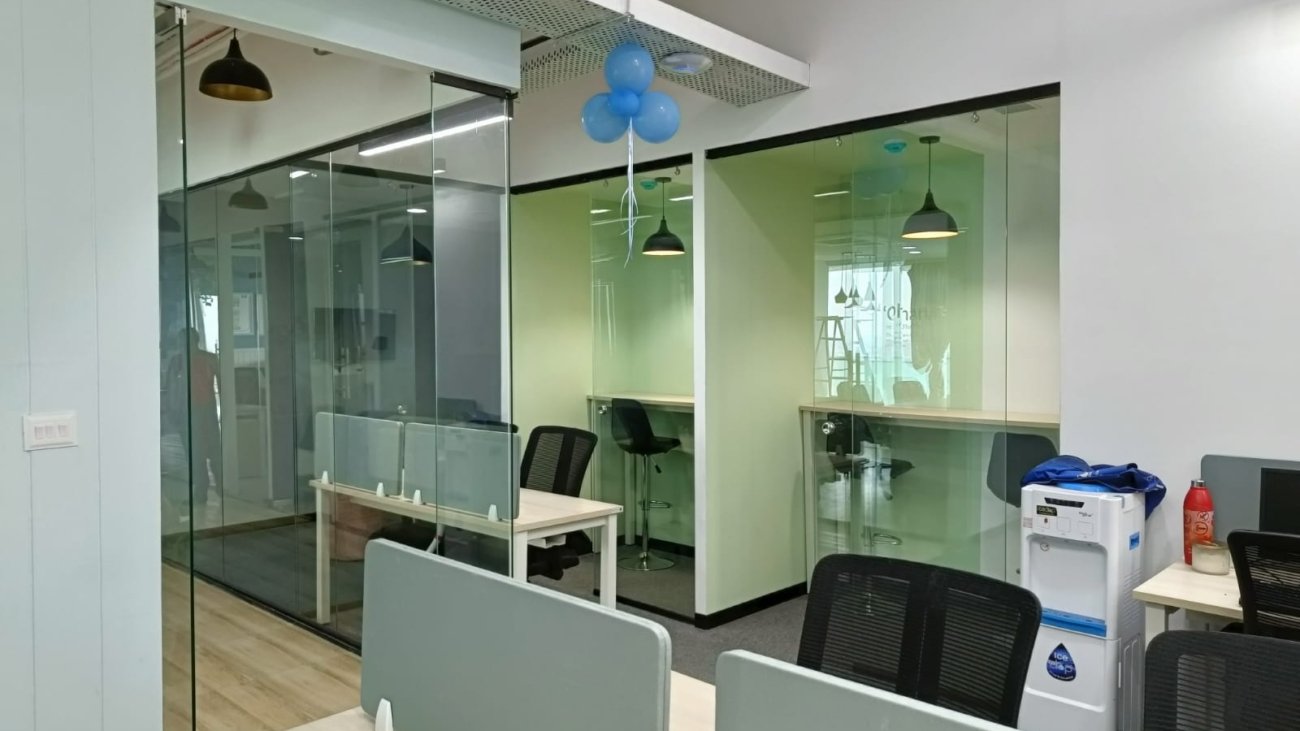The look and feel of a commercial space are far more than just aesthetic choices; they are strategic business decisions. From a high-end restaurant to a bustling corporate headquarters, the environment profoundly influences employee productivity, customer experience, and ultimately, the brand’s success. Embarking on a new commercial interior design project requires a clear vision, meticulous planning, and a partnership with experts who understand both form and function.
The journey from initial concept to a completed, operational space is complex, involving dozens of critical steps. It begins long before the first wall is moved or the first piece of furniture is selected. It starts with a comprehensive understanding of the client’s business goals, operational needs, and the specific needs of the people who will use the space. A truly effective design process is user-centric, addressing not only how the space looks but how it works.
The Discovery Phase: Defining Success
The initial phase of any significant commercial interior design project is the most crucial: discovery and programming. This is where the design firm acts as a business analyst, diving deep into the client’s operations. Key questions must be answered: What is the company culture? What workflows need to be supported? What is the projected growth over the next five to ten years? And critically, how can the interior environment be leveraged as a tool to improve the bottom line?
For a retail setting, this means optimizing traffic flow to maximize product visibility and impulse purchases. For an office, it involves balancing the need for private focus areas with collaborative meeting spaces, often incorporating biophilic elements for well-being. The resulting document, often called the design program, becomes the blueprint, setting clear parameters for budget, schedule, and functional requirements. Without this meticulous groundwork, even the most beautiful design can fail to meet the client’s true business needs.
Design Development and Execution: Bridging Vision and Reality
Once the program is established, the creative development phase begins. This is where conceptual sketches, 3D renderings, and material palettes bring the vision to life. However, unlike residential design, a commercial interior design project faces stringent regulatory hurdles. Accessibility codes, fire safety regulations, and building codes must be flawlessly integrated into the design. Navigating these requirements demands a high level of technical proficiency and experience.
The selection of materials and furnishings in the world of commercial interior design is equally rigorous. Durability, maintenance, and return on investment are paramount. A sofa in a lobby, for example, must withstand significantly more wear and tear than one in a home. Designers must specify commercial-grade materials that are tough, often sustainable, and compliant with health and safety standards, all while maintaining the desired aesthetic. This attention to detail ensures the client is investing in an environment that is not only stunning upon reveal but also cost-effective and enduring over its lifetime.
The Role of Partnership and Communication
The best results in commercial interior design are achieved through a collaborative process. The design team works in tight coordination with architects, engineers, general contractors, and specialized vendors. Clear, continuous communication is essential to manage the inevitable complexities that arise during construction. The design firm often acts as the client’s advocate, ensuring that the execution on site adheres precisely to the approved design and technical specifications. This oversight is vital for maintaining quality control and keeping the commercial interior design project on track, both financially and structurally.
In the end, a successful project is not just about the final photograph; it is about the sustained positive impact the new space has on the client’s business. It is about an office that fosters innovation, a hotel that enhances guest satisfaction, or a clinic that promotes patient comfort. The deliberate combination of smart strategy and creative execution transforms a mere building interior into a powerful asset. By adhering to a rigorous, systematic approach, firms specializing in commercial interior design deliver spaces that are beautiful, functional, and built for long-term business success.


